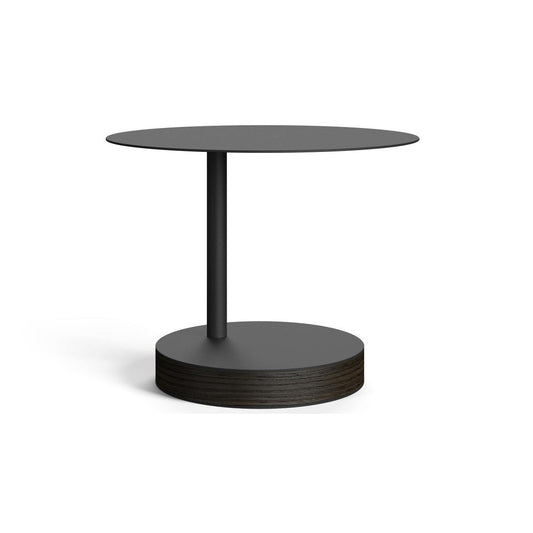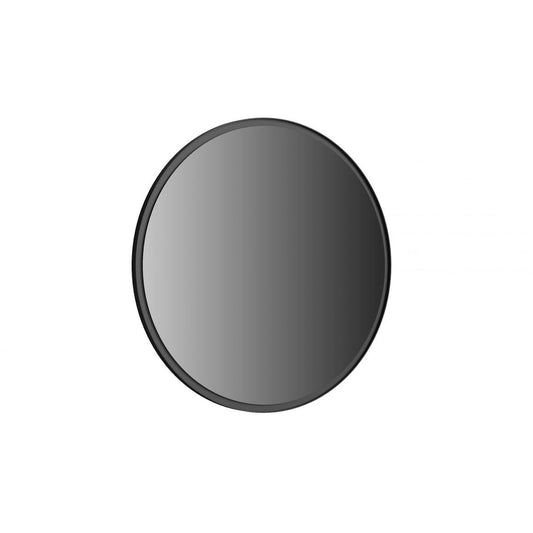THE AWARD-WINNING HOTEL COMPLEX BY SANINA ARCH CLUB & GUBAR ARCHITECTS
-
If you're looking for inspiration and ideas to spruce up your hotel, restaurant or business space, then look no further than the Viking Bay recreational complex designed by Alina Sanina of Sanina Arch Club in partnership with Serhii Gubar of Gubar Architects. This beautiful mountain retreat located in the Carpathians has been acclaimed throughout Ukraine as one of the best recreational complexes by winning first place in Realised Commercial Architecture at the Ukrainian Urban Awards. With this blog post, we'll take a behind-the-scenes tour with Alina and learn how she created a stunningly tranquil hideaway while using furniture from Ukrainian manufacturers. We will also hear about her creative process and get valuable design insights. So, if you ever wanted an exclusive peek into the world of a master designer – buckle up!
-
-
Alina, can you tell us a bit about your design studio and its philosophy? How do you approach designing a space, and what principles guide your work?
Our design studio is called Sanina Arch Club — a bureau of architecture and design that creates consistent harmonious experiences for people who are eager to slow down and relax. We believe that this can be possible when you are immersed in creation. At such moments you perceive more clearly the way life is passing by: you notice it in many sounds of nature such as a gentle breeze, rustling leaves and whispering grass. We have created a bureau for those who share our views. The role of the spaces is not merely functional. The environment where you spend your life should inspire you every day.
-
-
What was the creative process like for designing the Asgard cottages at “Viking Bay” hotel in the forest? How did you come up with the concept, and what were some of the key design elements you wanted to incorporate into the space?
Bukhta Vikingiv, in English “Viking Bay”, is a recreational complex near Lviv.
We created houses in Viking Bay, simultaneously advertising and broadcasting our mood and vision of the future project. The bay is located in a valley. The territory is shaped like a shamrock, which we have preserved and transformed.
First, we created about 40 plans for future houses. This is how we chose the Midgard, and Vigrid with Utgard designs. Then we tried out different positions for the houses on a map of the valley, choosing our favourites. But it was different with the Asgards (tree houses). The goal was to integrate them into nature without interfering with it, without forcing it to play by our rules. To do this, we periodically came to the valley during different weather conditions and walked among the trees in search of good places. The view from the window, the wind direction, the convenience of getting there - there were dozens of criteria. It was an exciting research period: we felt mountains and slopes behind you protect and give peace. In front of you, there should be a field or water - to allow the imagination to relax and expand.
The Asgard houses are located in such a way that all trees remain in their places. We designed openings in the terraces and roofs to combine the interests of the architect, the client and nature.
-
-
How did you first meet the client for this project, and what were their initial ideas or goals for the holiday complex? How did you work with them to turn those ideas into a cohesive design?
Our first meeting was on site. And we didn’t know exactly how many holiday houses we needed, which typology, etc. So our research involved interviewing the client and his team about what people most like in Viking Bay. The complex had been there for 20 years, but the goal was to modernise it. And due to this we came up with the idea for different buildings to suit couples, groups of friends, families, company team building exercises etc.
-
Can you tell us about the inspiration behind the furniture selection, what were some of the key considerations you had in mind when selecting hotel furniture design?
The interiors of the houses are simple but with a touch of romance. The kitchen is in the middle, bedrooms, bathrooms at the sides, and a spacious living room with a terrace. And the essential criteria were that the furniture we chose would support Ukrainian hospitality furniture manufacturers, that the design would create a cosy environment, would be within budget and that delivery would be on time.
-
How important was it that the commercial furniture solutions you chose were durable and able to withstand heavy use in hotel rooms?
For sure, we tested it, because we understood our responsibility to our client and that it is crucial to provide durable and stable commercial furniture. Also usually for hotels we deal with bulk orders, so it’s a huge responsibility to choose long-lasting, and at the same time, aesthetic pieces of furniture.
-
Can you tell us about any challenges you faced when choosing furniture for your hotel project, and how you overcame them?
In commercial design, it’s always important to meet your deadline. We needed to realise the project in a short period of time, to ensure the business could continue. Thankfully we had great contract furniture suppliers who worked on time. They brought us examples of the materials, we didn’t need to remind them about the deadline, and it felt from the first that they loved every part of their work and were completely familiar with up to date hotel furniture trends.
-
Was it important that the hotel room furniture you chose could be easily maintained and cleaned for optimal hygiene standards?
We understand that our guests expect clean and well-maintained rooms, and we take that responsibility very seriously. To ensure that our hotel rooms meet these standards, we carefully select durable and easy-to-clean hotel furniture that can withstand frequent use. We also gather feedback from our cleaning staff to evaluate the performance of the furniture in use and make any necessary adjustments to our selection. For example, they have told us that the bed upholstery was still easy to clean and that the bed frame remained stable even after several years of use.
-
How did you ensure that the furniture you chose would be cost-effective for your hotel project budget?
Usually, we tendered 2-3 companies, considered reviews from clients and colleagues and chose by the overall quality of hotel furniture and aesthetic appeal, but at the same time, it had to be affordable hotel furniture.
-
Was it an important factor that the furniture you chose would be easy to assemble and install in the hotel rooms?
For us, a major factor is that a company or manufacturer will provide the full service but also, usually, in recreational hotel complexes there are members of staff on the client's side that are responsible for maintenance in the hotel and they can help with this.
-
Was it your plan to create a memorable and Instagram-worthy look for your hotel rooms?
Although creating a memorable and Instagram-worthy look for our hotel rooms was not necessarily our primary goal, we do aim to provide a unique and visually appealing experience for our guests. We take pride in designing our interiors to impress and delight our guests, with the hope of creating a "wow" moment that they would want to capture and share on social media. We believe that by incorporating trending hotel furniture styles and thoughtful design elements, we can create spaces that not only provide comfort and functionality but also inspire our guests to appreciate and engage with their surroundings. Ultimately, our goal is to exceed our guests' expectations and create a memorable experience that they will cherish for a long time.
-
-
What do you feel is important to give a room a welcoming and comfortable ambience and what has helped you to achieve this?
Firstly, it has to make you feel relaxed and able to connect your inner self with nature. Recently I began studying the Ayurvedic approach for designing spaces and it has helped me to better understand this connection. Secondly, by visiting many different exhibitions and spending time in specific hotels, which are successful in this industry, I have developed my ideas. Thirdly, I love how good design solves different problems and provides solutions which help to make the hotel room an ideal space to spend time in.
-
What has been the response to the hotel so far? Have there been any unexpected reactions or feedback from the guests?
The process of having an idea, finding solutions, and completing a project by working with investors and manufacturers can be an exhilarating experience. It is like an art form, the art of slow living. This means that one does not need to rush or compare oneself with others. In today's world, people even compare their leisure time with others. Slow living involves trusting the present moment and the environment around you.
Creating space for people is also enjoyable as it allows for the imagination of different scenarios, although the outcome is never certain. It is delightful to see how users experience the space in unexpected ways, which makes them feel at home. It brings joy to observe how people share their experiences about staying in these holiday houses.
-
How do you feel the holiday complex has succeeded in achieving its intended goals?
First and foremost our main goal was to create relaxing spaces. That was clearly successful as the renovation increased the economic efficiency of the Viking Bay complex. 80% of the houses are booked all the time for two weeks in advance.
The project received the 1st place award in the category of Realised Commercial Architecture at the UUA 2019.
-
The items used in the project
-
Bedside Table DUOO
Regular price £450.00 GBPRegular priceUnit price per -
Mirror DUOO
Regular price £500.00 GBPRegular priceUnit price per












